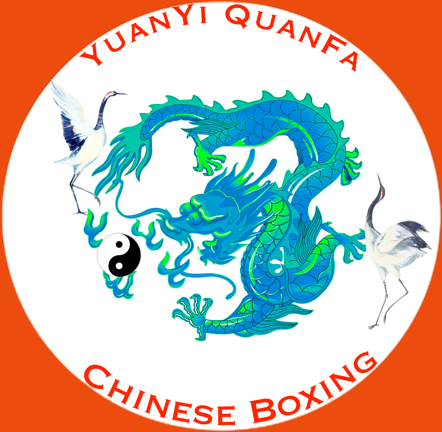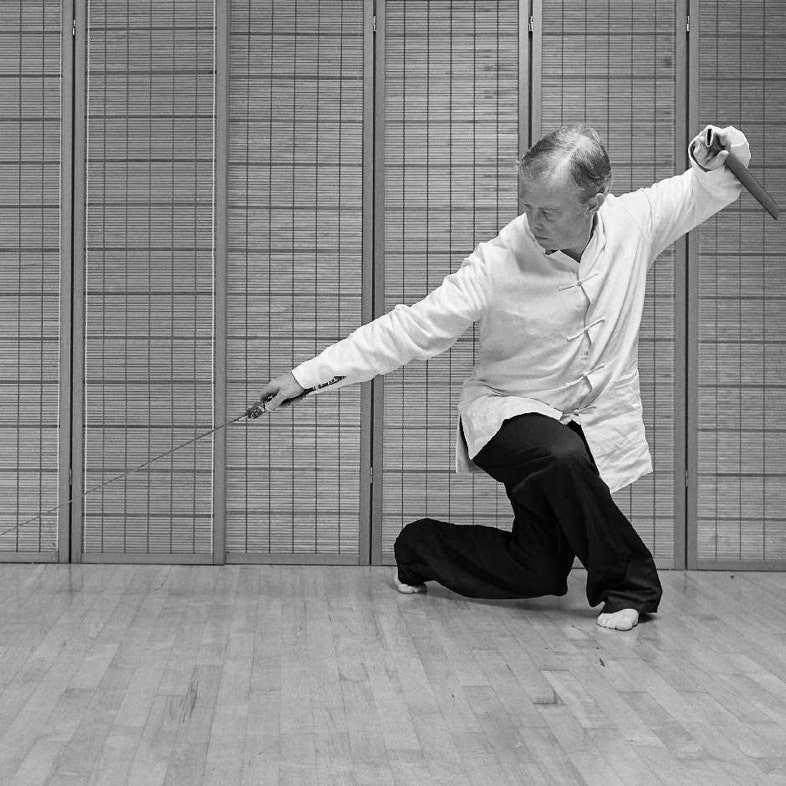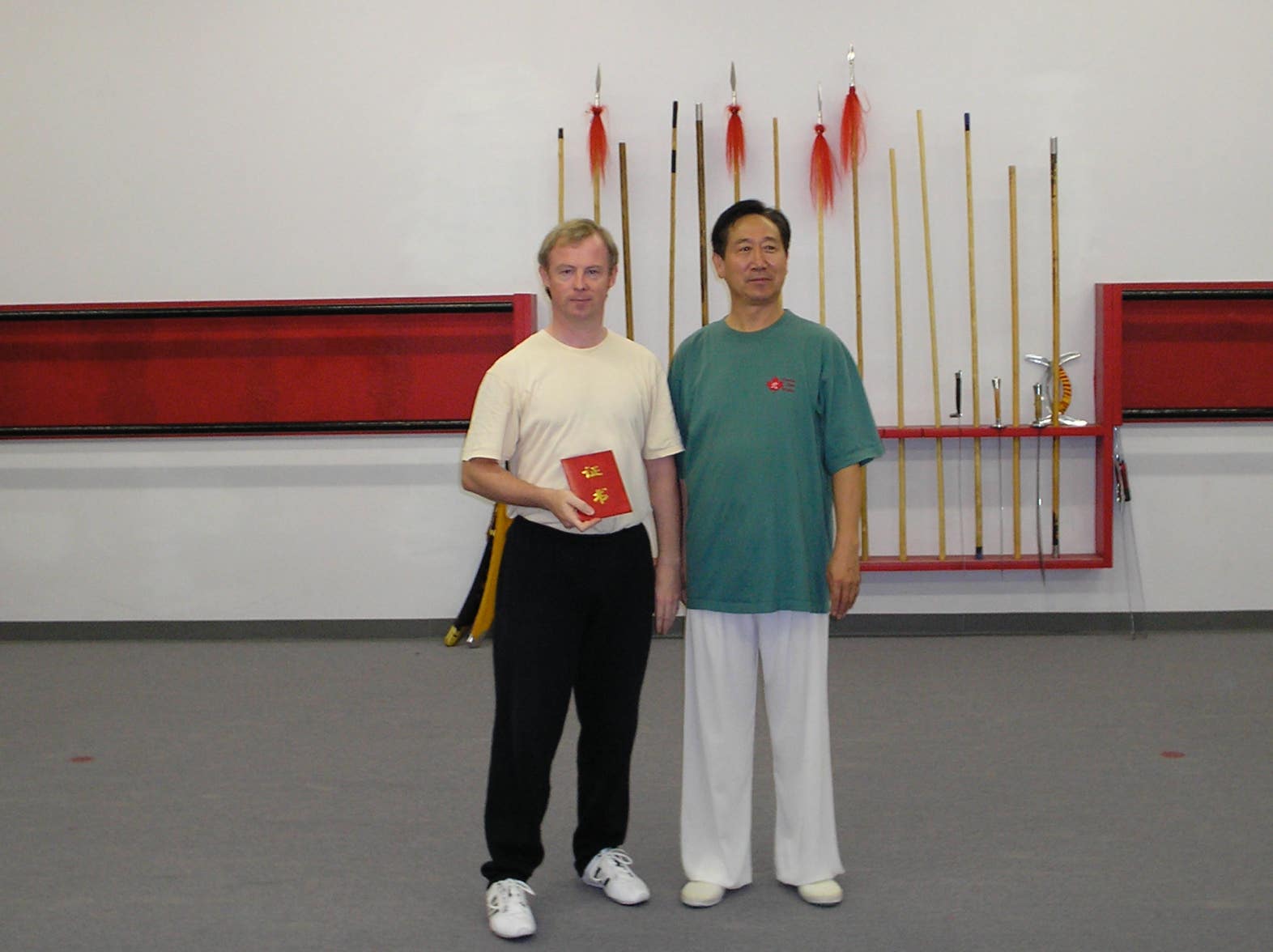
YuanYi QuanFa
Traditional Chinese Boxing

YuanYi QuanFa
Original Intent Boxing
Martial Arts ~ Self Defence
YuanYi QuanFa
I’ve been training in Chinese Martial Arts for over forty years and teaching for over thirty years. I teach a syncretic martial art, the core of what I teach is Tai Chi Chuan based upon the Practical Tai Chi School that was introduced to the UK by the last Sifu Dan Docherty. Dan was a student of Cheng Tin Hung in Hong Kong, Master Cheng founded the Wudang Tai Chi Chuan School. I was fortunate to be able to train with Dan directly for well over a decade.
I describe my Tai Chi as syncretic because I utilise some aspects of Hsing I (XingYi) into the training. XingYi’s directness, quick footwork and body training provides good foundational training for Tai Chi. You can see in the linked ‘Lineage Chart’ that there is a connection between these two methods via the YiQuan style that is derived from XingYiQuan.
Self Defence
Most people study martial arts, at least in part to develop some skills and confidence in self defence. Please follow this link for a few comments and clarifications on this subject.
The Hong Kong Wudang Tai Chi School is famous for its effective Nei Gong (Internal Strength Training - body conditioning), it has this in common with XingYi and YiQuan schools, due, in part, to their shared heritage. I call this combined system YuanYi QuanFa (Original Intent Boxing). I use the phrase “original intent” because I want to cut away superfluous aspects of training and just focus on what is needed, for good health and effective self defence.
I’ve devised a concise training process that gives a clear structure to training. The structure enables anyone to progress as quickly as they feel comfortable. Your training will initially focus on building core martial skills, these are derived from some Southern Shaolin often referred to as Kung Fu and XingYi.
Once a core level of Shaolin Kung Fu skills; balance, coordination and flexibility have been acquired, you will have a good foundation to move onto the study other aspects of XingYiQuan. For many people this is as far as they wish to go, XingYiQuan is a deep and complex system. If however you wish to explore further you can progress onto TaiJiQuan.
TaiJIQuan is a complex and rewarding area of study and includes a wide range of activities in a traditional curriculum. These include, push hands, martial application, special body conditioning, traditional weapons and martial applications. Follow the link above for further information on both XingYiQuan and TaiJiQuan.
Please note, I do not offer a class for young children. If you have a child under fourteen with an interest in martial arts I strongly recommend Judo. Judo at most levels does not include kicks and punches, this makes it ideal for younger children whose emotional immaturity could result in unfortunate consequences if they should resort to kicking and punching, particularly in a modern school environment. A few other reasons that Judo is ideal is that it is a very hands on activity right from the start so its a great way to build confidence and burn up energy, additionally the British Judo Association has great coaches with a lot of experience in training young children.
Unfortunately there are many people teaching Tai Chi who have done nothing more than a short course themselves, often they're actually part of a franchise. Yes these days franchises don't just supply burgers and coffee! It's important that you get quality instruction to gain the real benefits that Tai Chi can provide. I can provide the full traditional Tai Chi Syllabus including Weapons, Dao Yin and Nei Gong.
The Martial Art of XingYi on the other hand is comparatively rare, so rare that many people claiming to teach it appear to have taught themselves from videos! XingYi focuses on the study of relatively few techniques which are developed to a high level. With a heavy focus on the development of YI (will) and strong structure through Zhan Zhuang (post standing).
You can read a little more about XingYi here and TaiJi here.



Stephen Forde with Master Di Guoyong XingYi Teacher
Martial Arts training requires more than just forms, some of the additional training is shown here.




